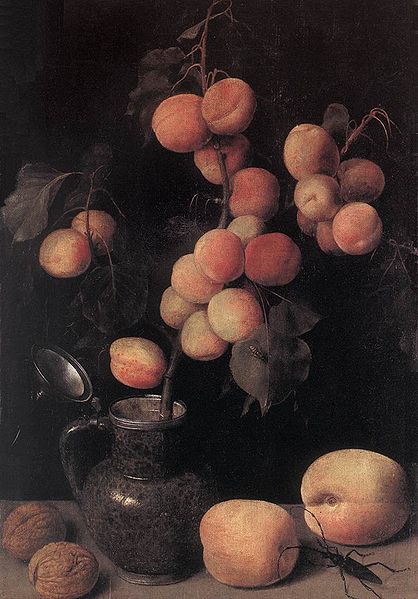Singing About Georgia Peaches: Lessons from the Agricultural History Society Meeting
24 September 2013 - 11:11am
 The 2013 Agricultural History Society annual meeting highlighted a lot of firsts for the organization. This year, marked the first time the society held their meeting outside of the United States as well as hosting the most panelists and conference attendees on record. It proved to be four days of some of the most compelling and diverse scholarship produced by historians today.
The 2013 Agricultural History Society annual meeting highlighted a lot of firsts for the organization. This year, marked the first time the society held their meeting outside of the United States as well as hosting the most panelists and conference attendees on record. It proved to be four days of some of the most compelling and diverse scholarship produced by historians today.
My journey began June 8th at 6 a.m. as three other graduate students and myself drove West and said our goodbyes to Starkville, Mississippi (endearingly known as 'Starkvegas') with one destination in mind: Banff. We traveled through and across the great states of Arkansas, Missouri, Iowa, Nebraska, South Dakota, Wyoming, and Montana. One of the major rewards of the long journey was the conference itself.
This year’s theme, “Crops and Cultures: Cultivating Commodities and Communities,” encompassed the sheer enormity of topics related to agricultural history. The society, which has existed since 1919 and boasts being one of the oldest historical associations around today, has grown exponentially. Today as more people are concerned with the production and consumption of food, the attention that agriculture’s influence and significance in history has garnered is justifiable.
Although some might think that agricultural history focuses only on farms and farmers, a brief run-through of this year’s conference ought to dash many preconceived notions. While the plenary sessions focused on the reciprocal nature and connections between agriculture and culture, as well as agriculture as culture. Many of the panels encompassed topics as broad and specificas civil rights, mining, national parks, citrus fruit, agrarianism, rivers, and organic foods.
Agricultural history is a useful teaching tool because it can demonstrate the complex connections between how and why culture changes and can make us think more critically about our interactions in the world. Many of the panels I attended touched on such themes. On the first day, I attended a panel in which the presenters dispelled myths about the disconnection between agricultural and industrialization. In the case of gold mining in North Carolina, industrialization and agricultural changes developed contemporaneously. Clearly, we need to understand the complexity of how these two forces interacted. Other panels included explorations of rural life.One presenter discussed Mammoth Cave tourism in Kentucky and its effects on the lives of rural folk in that area. Another panel highlighted the connections between food, hunger and one of the most important movements of the twentieth century, the civil rights movement.The power struggles over access to food played a significant causal role in civil rights activism, and was also used by those who opposed the movement.
While topics under the umbrella of agricultural history can be eclectic, one of the last panels of the conference reminded me about the importance of delivery. One presenter, Tom Okie, presented the 'voice' of one of his historical sources, by singing aloud. His paper discussed peaches: the representation of peaches and their correlation with 'whiteness', as well as the politics of labour in the South. He had an excellent singing voice and the history he discussed really stayed with me.
How do you use agricultural history in your history lessions?
Photo: George Flegel's Peaches. Circa 1630, oil on panel, public domain.
- Se connecter ou créer un compte pour soumettre des commentaires

